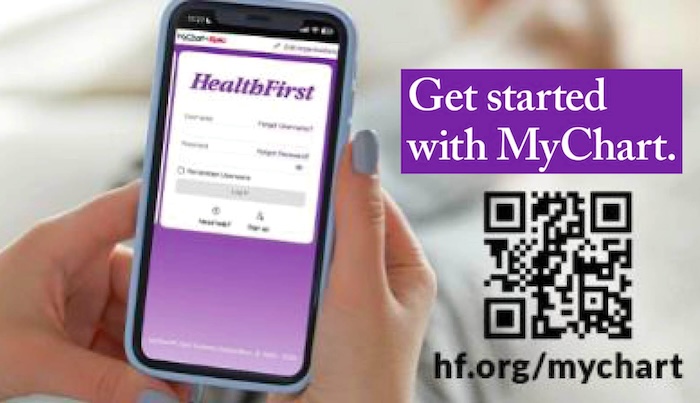Things You Should Know About Designing Your Hardware Prototype
By Space Coast Daily // June 9, 2021

Electronic design includes a range of stages from estimation and prototyping to a ready hardware project and its mass production. After you make estimations and preparations for your project, you move on to the prototyping and design phase.
Here are some tips that may be helpful for you and your company.
First, develop the product requirements document – PRD. Describing your idea to electronic designers may not be enough for the successful product development. You should specify your requirements in a detailed product requirements document (PRD). Doing so, you clearly articulate what you need and what are your expectations about your product and avoid misunderstandings. Three main components of PRD are:
■ main product application that describes basic information about the product
■ accurate description of any feature you need for the product (remember that you have budget constraints!)
■ integrations of the product.
You can also include other features you believe are necessary. Finally, PRD covers four components of the prototype for your product.

The four prototype components
Hardware products typically consist of four components:
■ Enclosure (plastic, metal or other materials)
■ Printed Circuit Board (PCB)
■ Firmware – the code that serves as a basis for the electronic device work
■ Software – the code that allows your product to interact with the computer or phone.
Remember that your product does not necessarily include all of these components and everything depends on your product needs. Here is some information about each component that may be helpful for you and your future product.
The first component – enclosure – is usually based on two steps. Firstly, the design company creates an industrial designer sketch of the product. The designer develops several concepts of the product’s aesthetics that depend on the features listed in PRD. Sketches should align with the vision of the customer and at the same time, the hardware enclosure should be feasible for manufacturing.
In cases when you need only a minimum viable product (MVP), designers focus on functionality rather than aesthetics to save cost and time. Further, a CAD designer creates a model for the prototype of your product – 3D and 2D drawings and other files that will be necessary for the actual 3D printing and manufacturing of your product. You can also benefit from FAI & PPAP efficiency for better results.
The second component – the circuit board is also usually a two-step process. The first step lies in the research and development, and the second one is a proof of concept (POC). The first step highly depends on the nature of your product. In turn, the second one aims to ensure that the product is doable. Products can skip POC and more to the circuit board in cases when designers know about the doability of their technology.
The third component – firmware – lies in the conversion of the product requirements into code. In other words, at this stage, designers program the features listed in PRD.

Finally software – the fourth component of prototype – allows your hardware to interact with other devices. Although not all the products require this component, you should note that creation of software is cost-consuming. This component includes the design (namely, UX/UI design) of the interface that should be effective, user-friendly and aesthetically pleasing.
This information may be useful for you in planning your product design, especially budget and timescale. Considering these issues, you can successfully communicate your ideas to the hardware design company and determine what needs to be done for your product electronic design.












